Product Bio
Because carrot seeds are tiny, they need to be sown shallowly. The trick is to keep the top-most layer of soil damp during the long germination period. Water deeply before planting. Direct sow the tiny seeds 5mm (¼”) deep, 4 seeds per 2cm (1″), and firm the soil lightly after seeding. Make sure the seeds are only just buried. Water the area with the gentlest stream you can provide, and keep it constantly moist until the seeds sprout.
Ideal ph: 6.0-6.8. The softer and more humus-based the soil, the better. When the soil is dry enough in spring, work it to a fine texture. Broadcast and dig in ½ cup complete organic fertiliser for every 3m (10′) of row. Avoid fresh manure. Carrots will become misshapen, but still edible, if they hit anything hard as they grow down into the soil. Keep weeded and watered.
It is very important to thin carrots to allow them room to grow, and so they don’t compete for available nutrients, moisture, and light. Then to 4-10cm (1½-4″) when the young plants are 2cm (1″) tall. Use wider spacing to get larger roots. As they grow, carrots push up, out of the soil, so hill the soil up to prevent getting a green shoulder.
Carrots can be harvested at any size, but flavour is best when the carrot has turned bright orange. After harvest, store at cold temperatures just above 0ºC. You can store carrots in sand or sawdust, or simply leave carrots under heaped soil in the garden during the winter, and pull as you need them.
Plant with bean seeds, Brassicas, chives, leeks, lettuce, onions, peas, peppers, pole beans, radish, rosemary, sage, and tomatoes. Avoid planting with dill, parsnips, and potatoes. Carrots planted near tomatoes may have stunted roots, but will have exceptional flavour. Chives also benefit carrots.


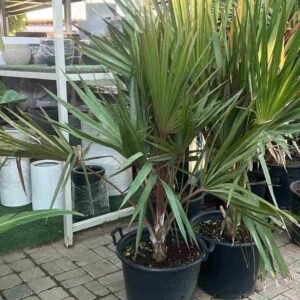

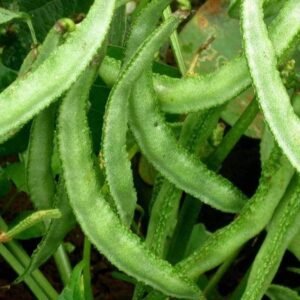

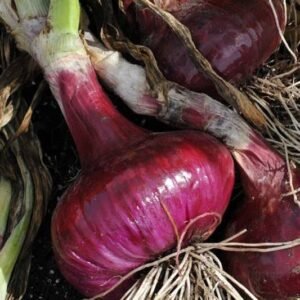
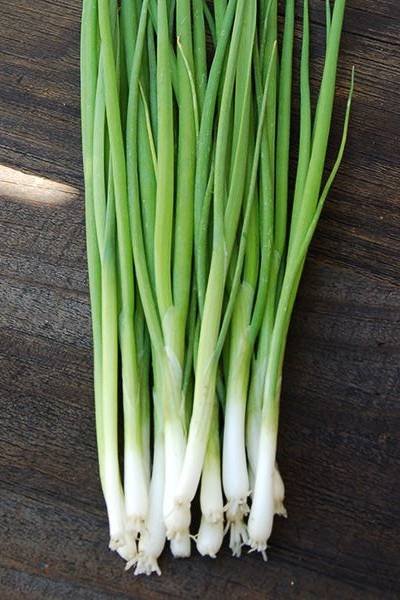
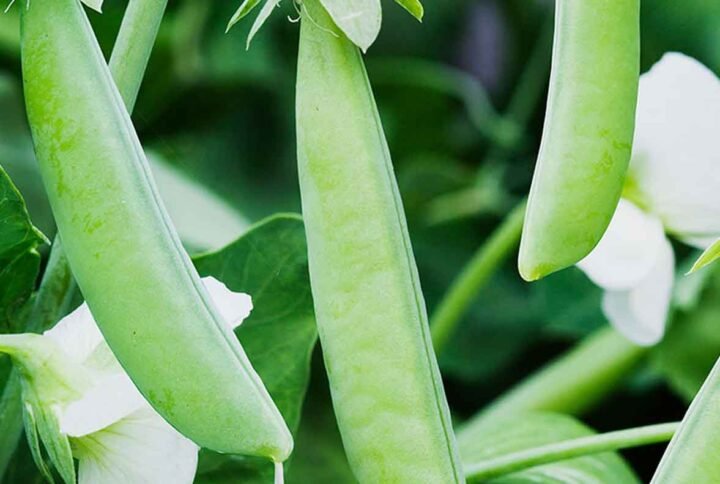
Reviews
There are no reviews yet.